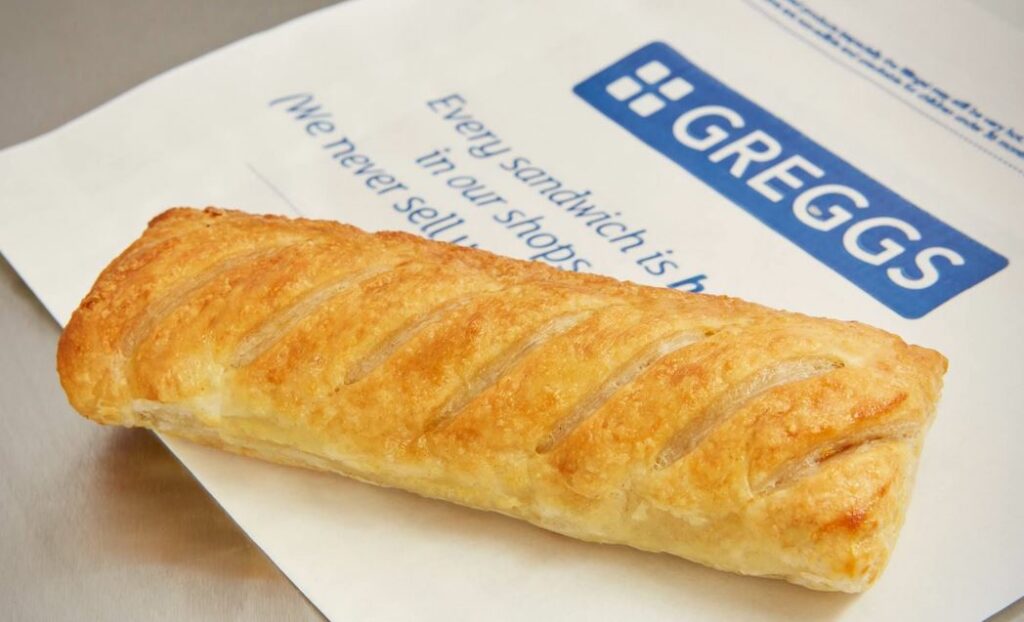The last time I was in an office supply retail store (Staples, Office Depot etc.) was shortly before I took down my consultant’s shingle and beat a client to death with it.
A frequent customer of such establishments, therefore, I am not.
So when New Wife asked me to swing by one and buy a half-dozen plastic clipboards while she was doing the laundry, I obliged with pleasure. Here’s the item under discussion:

I know, we could just have bought the things from Satan’s Warehouse Amazon, but they were needed urgently, i.e. the next day, so we would have to buy at full retail. But the price stuck in my mind, because that meant that the clipboards would price out at just over a couple of bucks each.
So I went over to Staples, who had the product not at all, nay even unto other colors. “Maybe next week?” was the helpful response from the stock clerk of whom I made the request.
No big deal: this is America, land of choices sufficient to make you puke. So pausing only to knee the surly peasant in the groin, I went over to Office Depot, literally across the road.
Okay, they didn’t have any blue ones in stock (school uniform color, in case you’re interested). But they did have clear ones which, when I checked with Herself, were judged “satisfactory” albeit grudgingly.
But no price in the shelf, so I grabbed a passing flunky by the ear and told him to scan the UPC code with his little scanner thingy, which he did after only a little moaning.
Then he told me the price of the piece of plastic with tin clip up top:
Thirteen (13) U.S. dollars… EACH
…and then it was my turn to do the moaning.
Fucking hell. If a piece of mass-produced-made-in-China shit can cost in-store what can be purchased online at one-sixth of the price, something is wrong somewhere. It could be the office supply store’s pricing policy, it could be the cost of shipping, it could be that the price was entered into the store’s price file at 10x the intended (that added decimal place matters, you know), it could be any number of things.
Anyway, New Wife was as appalled as I was, the teachers will just have to settle for something other than a blue plastic clipboard, and I’m sure that Office Depot’s fire insurance policy can replace the store… or not, I don’t care.
Because it will be another decade before I bother to set foot inside one of them again.










